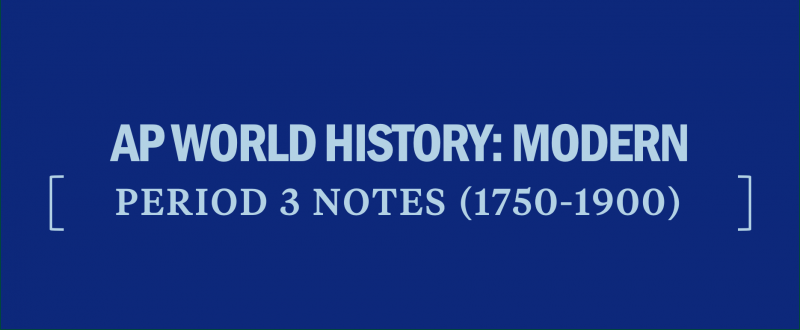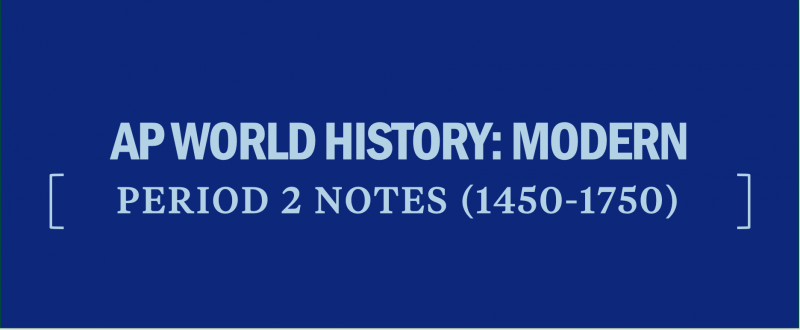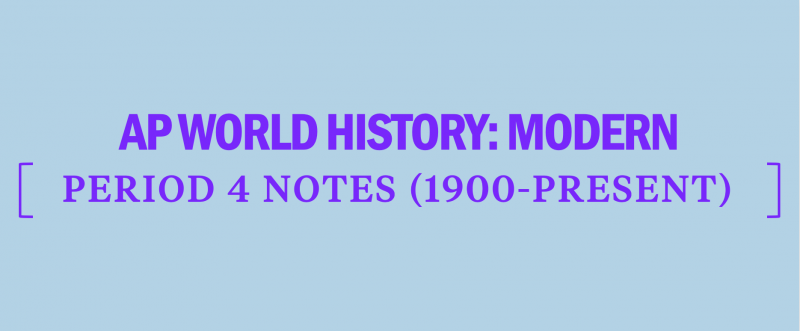AP World History Exam: Multiple Choice and Short Answer Questions
The AP World History exam can be challenging, but with the right strategic mindset, you can get yourself on track for earning the 4 or 5 that you need to qualify for college credit or advanced placement. Before diving into strategies specific to the exam, let’s review some general strategies that will aid you on any standardized test.
General Test-Taking Strategies
- Pacing. Because many tests are timed, proper pacing allows someone to attempt every question in the time allotted. Poor pacing causes students to spend too much time on some questions to the point where they run out of time before completing all of the questions.
- Process of Elimination. On every multiple-choice test you ever take, the answer is given to you. If you can eliminate answer choices you know are incorrect and only one choice remains, then that must be the correct answer.
- Knowing When to Guess. The AP World History exam does not deduct points for wrong answers, while questions left unanswered receive zero points. That means you should always make an educated guess on a question you can’t answer any other way.
- Taking the Right Approach. Having the right mindset plays a large part in how well people do on a test. Those students who are nervous about the exam and hesitant to make guesses often fare much worse than students with an aggressive, confident attitude.
These points are generally valid for standardized tests, but they are broad in scope. The rest of this section will discuss how these general ideas can be modified to apply specifically to the AP World History exam. These specific strategies and the factual information reviewed in this book’s content chapters are the potent combination that will help you succeed on the exam.
Multiple-Choice Questions
The AP World History multiple-choice section consists of 55 questions, each with four answer choices, to be completed in 55 minutes. There is no penalty for incorrect answers, so guessing is encouraged. A primary or secondary document is provided for each question set, which will contain two to five questions. Question sets come from all six periods and can deal with specific countries and regions, global situations, or a single topic, such as the basic knowledge of a religion. Question sets are often comparative both within and across time frames.
The questions range from easy and medium to difficult with no distinct pattern to their appearance. A basic strategy for scoring well on this exam is to NOT do it linearly; in other words, do not take each question set one at a time, answering each one in order. The best strategy is to do the following:
- Answer all of the questions that you know and are sure about first.
- If you can eliminate at least two answer choices and the topic is familiar, mark the question by circling the question number in your exam booklet and move on.
- If you look at the question and do not remember the topic, mark the question with an X in your exam booklet and move on.
- Go back through the exam and answer the questions you marked with a circle. Try to eliminate at least two choices, then take your best educated guess as to the answer.
- Go back through the exam for a third time to answer the questions you marked with an X. Again, try to eliminate at least two choices, and take an educated guess.
Short-Answer Questions
On the AP World History exam, you have 40 minutes to answer three short-answer questions, each of which will have two to three parts. Aim to spend about 10 to 12 minutes on each question depending on how many parts it contains. Apply any extra time you have at the end of the section to reread your responses, looking for quick errors to fix (such as missing punctuation or wording).
Use the first minute to identify all of the parts of the question. Then, before you begin writing your answer, create a plan of which historical examples you will be using for each part. Your responses to each part should be between three and six sentences long.
You will have plenty of opportunities to practice writing responses to short-answer questions in the practice exams, so be sure to complete those sections to the best of your ability for the most exam-like experience.
Scoring
According to the College Board, a high-scoring response to a short-answer question will accomplish all tasks outlined in the question. You must answer each part of the question with complete sentences and provide specific historical examples in order to receive full credit. Make sure you go beyond simply quoting or paraphrasing historical evidence and really explain its meaning or significance.
Depending on the question, a high-scoring short-answer response may:
- explain a historical interpretation, compare two interpretations, and/or explain how evidence relates to an interpretation.
- address causes and effects, similarities and differences, or continuities and changes over time for different historical issues.





